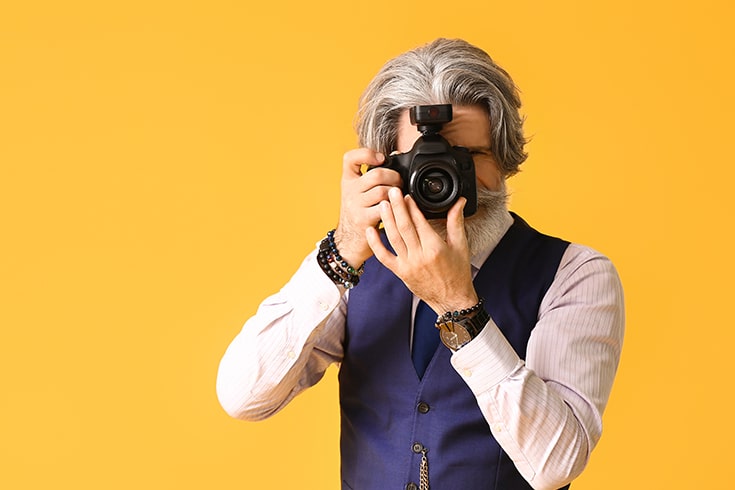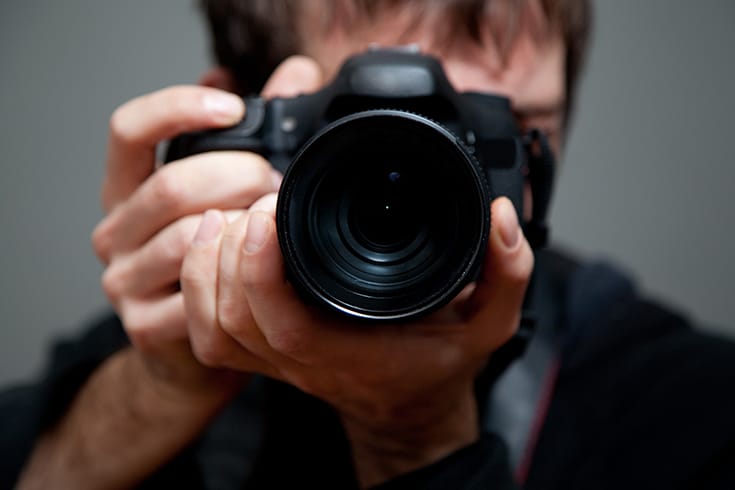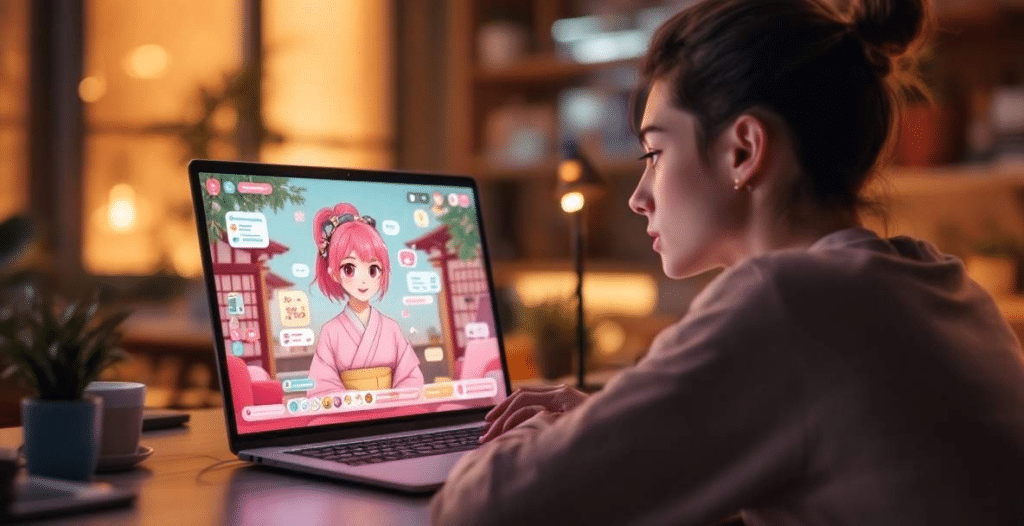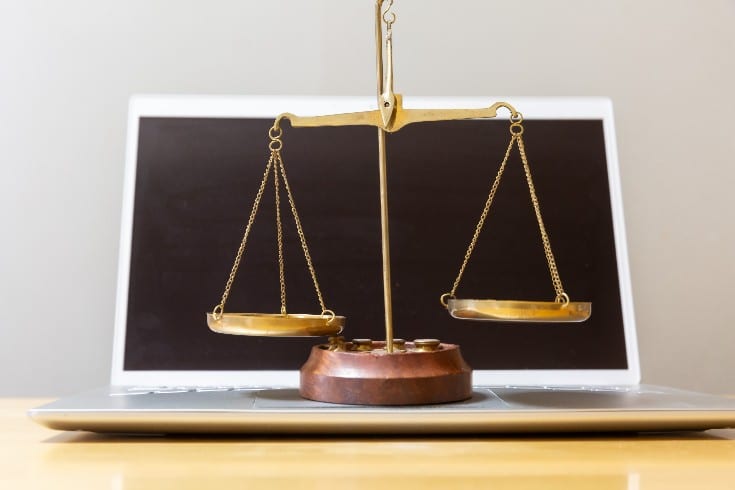Is the Publication of Photos and Videos an Infringement of Portrait Rights? Unraveling the Standards of Portrait Rights Infringement from Two Precedents

“Portrait rights” or “Japanese right of likeness” refers to the right not to have one’s appearance, etc., photographed and disclosed without consent.
Unlike copyright, this right is not explicitly codified, but has been established through case law. If someone posts a photo or video of you on social media or video sites without your permission, there is a possibility that your portrait rights may be infringed.
For example, there was a case where the defendant took a photo of the plaintiff walking in Ginza without permission for the purpose of introducing Tokyo street fashion, and posted it on a website they managed. The court recognized this as an infringement of portrait rights and awarded damages (Tokyo District Court, September 27, 2005 (2005 in Gregorian calendar)).
However, just because a photo or video of you is used, it does not necessarily mean that your portrait rights have been infringed.
Knowing the criteria for determining portrait rights infringement is important in today’s internet society.
In this article, we will explain the circumstances under which the disclosure of photos or videos does not constitute an infringement of portrait rights.
https://monolith.law/reputation/portraitrights-onthe-internet[ja]
Case that Established the Current Standard for Infringement of Portrait Rights

During the court proceedings of the “Japanese Wakayama Arsenic Curry Incident”, a magazine photographer smuggled a camera into the courtroom during the detention reason disclosure procedure. Without obtaining permission from the court or the defendant, the photographer took pictures of the defendant.
When these photos were published in a magazine, the defendant filed a lawsuit seeking damages for infringement of portrait rights.
This portrait rights infringement lawsuit was won by the plaintiff in the district court, lost in the high court, and was contested up to the Supreme Court. In its judgment, the Supreme Court stated:
A person has a personal interest that should be legally protected from being photographed without reason. (…) Whether taking a picture without consent is illegal under tort law should be determined by comprehensively considering the photographed person’s social status, activities, location of the photograph, purpose of the photograph, manner of the photograph, necessity of the photograph, etc., and whether the infringement of the above-mentioned personal interest of the photographed person exceeds the limit of social tolerance.
Also, it is reasonable to understand that a person has a personal interest in not having photographs of themselves published without reason. In cases where the photographing of a person’s appearance, etc. is deemed illegal, the act of publishing the photograph should be considered illegal as it infringes on the personal interest of the photographed person.
Supreme Court Judgment, November 10, 2005 (Gregorian calendar year)
This was the first judgment on portrait rights related to photography and publication. This precedent is still used as the standard for infringement of portrait rights.
Case Where Infringement of Portrait Rights by Photograph Was Not Recognized

A case occurred where a plaintiff, who was an executive at NHK (Japanese Broadcasting Corporation), demanded payment for damages based on tort law from the defendant, Shinchosha Publishing Co., Ltd., claiming that an article published in the weekly magazine ‘FOCUS’ issued by the defendant constituted defamation and infringement of portrait rights, among other things.
Although the Tokyo District Court recognized the defamation, it did not recognize the infringement of portrait rights.
The article in question, regarding the plaintiff who purchased and resided in a condominium, was headlined, “Would the ‘NHK Social Affairs Director’ go this far? Abnormal behavior” and “Abuse of authority by moving even the Ministry of Construction over condominium noise!?”
The article described the plaintiff as an abnormal individual who, over a problem as minor as snoring noise, demanded excessive investigation from the construction company Kumagai Gumi, and despite the results indicating superior sound insulation, repeatedly made unilateral and unreasonable demands such as nasal surgery on the residents above, causing them anxiety (the first part of the defamation in this case). In addition, it was stated that the background to Kumagai Gumi’s unusual response was the fact that the plaintiff, despite it being a personal issue, used his position as NHK Social Affairs Director to exert pressure on Kumagai Gumi through the Ministry of Construction, constituting an abuse of authority (the second part of the defamation in this case). The article included the plaintiff’s real name and published a full-body photo of him in a suit, occupying about half a page.
The court acknowledged that the two parts of the article lowered the plaintiff’s social evaluation, but also recognized that they both pertained to facts related to public interests and that the article was published solely for the purpose of serving the public interest by reporting the plaintiff’s abuse of authority.
Upon examining the truthfulness and appropriateness of the article, the court found that the important parts of the article were not true and that there was no reasonable cause to believe they were true. Furthermore, it ruled that the illegality of opinions and reviews cannot be denied, recognized the defamation, and ordered the defendant to pay a total of 5.5 million yen in damages, including 5 million yen for consolation money and 500,000 yen for attorney fees.
On the other hand, regarding the portrait rights, the court evaluated the manner of photography as follows and did not recognize the infringement:
Although the plaintiff’s full-body photo clearly shows his appearance and the description of the photo clearly identifies the plaintiff as the subject, and although the plaintiff did not consent to the taking or publication of the photo,
As indicated in the previous paragraph 2, this article pertains to facts related to public interests and was published solely for the purpose of serving the public interest. The photo in question forms part of this article and plays a role in effectively conveying the content of the article. Furthermore, the photo, which is a full-body shot of the plaintiff in a suit, does not in itself cause the plaintiff any particular shame, confusion, or discomfort. The location and method of photography, which involved shooting from outside as the plaintiff was exiting the entrance of the condominium building where he resides, was a shooting in a public place equivalent to a public road, and cannot be said to be socially inappropriate.
Tokyo District Court, December 6, 2001 (Gregorian calendar year) Judgment
Therefore, the court did not recognize the establishment of a tort due to infringement of portrait rights.
There is a high possibility that infringement of portrait rights will not be recognized if the photo forms part of an article that pertains to facts related to public interests and is published solely for the purpose of serving the public interest, does not portray the subject in a manner that causes particular shame or confusion, and is taken in a public place equivalent to a public road.
https://monolith.law/reputation/cases-not-infringe-portrait-rights[ja]
Case Where Infringement of Portrait Rights by Video Was Not Recognized

The defendants, who are members of a condominium management association, filmed a video of the plaintiff, an executive officer of a construction company that had been contracted to carry out construction work on the condominium in which they live, and posted it on YouTube.
This video, which was filmed from the beginning of a residents’ meeting, showed the plaintiffs apologizing and discussing the construction work. The video data was made available for viewing on the internet by the condominium residents.
The plaintiff claimed that the filming and public posting on the internet infringed on his portrait rights and constituted a tort, and demanded compensation for emotional distress. He also demanded the removal of the posted video, the deletion of the filmed video from cloud services, and the disposal of these data.
The plaintiffs argued that the filming and public posting of the video, which depicted their personal appearances, infringed on their portrait rights.
On the other hand, the defendants argued that the video was a recording of a scene where they were apologizing as a corporation, and that the party involved was the construction company as a corporation. Furthermore, the content of the video was intended to criticize the construction company’s response, and each scene in which the plaintiffs appeared clearly stated their titles as representatives of the construction company. Therefore, they argued that the filming of the video did not infringe on the plaintiffs’ individual portrait rights.
In response, the court stated that the video was a recording of the plaintiffs’ personal appearances and was publicly available on the internet in a recognizable state, so it was clear that the filming could raise issues of infringement of the plaintiffs’ individual portrait rights.
However, the court stated that the meeting was held to apologize to the residents and explain the issues with the condominium’s rainwater drainage facilities and pile construction, and that the video was filmed in front of the plaintiffs from the beginning of the meeting so that other residents who could not attend the meeting could check the situation at a later date, and also to accurately record the plaintiffs’ statements.
Considering the content, purpose, and location of the meeting, the circumstances and position of the plaintiffs’ participation, the manner and purpose of the filming, and its necessity, although there are parts of the video where the plaintiffs are standing and apologizing and being denounced by the residents, it is difficult to recognize that the plaintiffs’ personal interests have been infringed beyond the tolerable limits of social life, regardless of whether the filming was done without the plaintiffs’ consent.
Tokyo District Court, December 19, 2019 (2019)
Therefore, the court did not recognize the infringement of portrait rights and dismissed the plaintiff’s claim.
The court also evaluated the filming of the video as follows: The filming was done from the beginning of the meeting, but the plaintiffs responded to the start of the meeting without raising any objections, and the filming was limited to the necessary extent to achieve its purpose, focusing on the interactions between the construction company and the residents. The video was edited to make the purpose and intent of the posting clear, such as by adding captions and inserting images of documents.
If you consider the “social status of the person being filmed, the activities of the person being filmed, the location of the filming, the purpose of the filming, the manner of the filming, and the necessity of the filming,” there may be cases where infringement of portrait rights is not recognized.
https://monolith.law/reputation/infringement-portrait-rights-and-privacy-rights-on-youtube[ja]
Summary
Just because a photo or video of you has been published, it does not necessarily mean that your portrait rights have been infringed upon.
As determining whether portrait rights have been violated can often be challenging, we recommend consulting with an experienced attorney.
Category: Internet





















